The Côte d’Azur is known for two things: its beauty and its crowds. This is why autumn is the perfect time to visit – the air is still warm (and so is the sea), but most of the visitors are long gone, so you have the terraces and museums almost all to yourself.
In this newsletter, we have chosen two of our favourite places to visit, along with one of the French Riviera’s most beautiful villages, as well as a great (almost local) wine.
Villa Kerylos, Beaulieu-sur-Mer
In Greek mythology, Princess Alcyone married Ceyx, son of Eoesphorus. Their relationship was happy and harmonious but still managed to upset (the very emotional) Zeus, who threw a thunderbolt at the ship on which Ceyx was traveling. The ship sank and Ceyx drowned. In a dream, he visited Alcyone to tell her of his fate, after which she, in desperation, threw herself off a cliff.
Out of compassion, the gods turned them both into kingfishers, or “halcyon birds”. “Kerylos” is another word for “kingfisher” and “Halcyon”. Ever since their transformation, the bird was considered a good omen, carrying the promise of peaceful times soon to come.
The Greek name of the villa underscores the strong cultural underpinnings of the building, interconnecting 20th century France with Ancient Greece. Théodore Reinach, who commissioned the building, was an esteemed archaeologist who, together with his wife Fanny, wanted to build a modern house, but with aesthetic inspiration from the past. The couple contacted architect Emmanuel Pontremoli, who helped them realized their plans on the cliffs by the sea in Beaulieu-sur-Mer.
Throughout his life, Théodore Reinach had been fascinated with antiquity. Reinach was considered one of the most prominent Hellenists of his time, and was particularly interested in matters concerning Greek politics and democracy. Villa Kerylos was his attempt at reviving the beauty of an ancient civilization.
The villa brought together the aesthetics of the past with the comforts of the modern era, making it not only beautiful but also pleasant to stay in.
Together, he and Pontremoli created a three-dimensional, complete artwork: not only the layout of the house but its furniture, fabrics, tableware and decoration were all designed to remind its inhabitants of Ancient Greece.
The villa was modelled on the style of the noble houses of the island of Delos, the way they would have appeared in the 2nd century BC. The finished result can be viewed as his tribute to a past on which the foundation of modern society was built.
The villa brought together the aesthetics of the past with the comforts of the modern era, making it not only beautiful but also pleasant to stay in. It was built between 1902 and 1908, and Reinach would come to spend almost twenty summers in the villa, before passing away in 1928. After his death, the villa was bequeathed to Institut de France (of which he was a member), but his children and grandchildren continued to live in the house until 1966.
On the ground floor, a large hall (known as the Thyrôreion) welcomes the visitors. On one of its walls is written the Greek word XAIPE (in English “enjoy yourself”). All of the rooms on this floor are centred around a square courtyard, surrounded by twelve Carrara marble columns. A sun dial in the middle of the yard indicates the evening hours.
The furniture in the library is of particular importance: wooden chests and stools were among the main furnishings of a Greek house. The two desks in this room were used by Théodore Reinach when he wanted to work standing up, as was customary in ancient times
Another link to ancient customs can be found in the dining room (called The Triklinos), where plaited leather beds, at the same height as the tripod tables, made it possible to eat from a reclining position.
On the first floor is the villa’s private areas, including bedrooms and bathrooms. Théodore Reinach’s bedroom (called Erotés) was dedicated to Eros, God of love and desire, and thus painted red, reminiscent of the palace of Knossos in Crete, while the bed was made in the style of an original model found in Pompeii.
Around the villa is a beautiful garden, full of Mediterranean plants and fruit trees. In the summertime, concerts are given here on a regular basis.
The villa remains a manifestation of one man’s passionate interest for history, and the interlinking of two eras through one building.
Villa Ephrussi de Rotschild, Saint-Jean-Cap-Ferrat
With its nine theme gardens spread out over seven hectares of land, in one of the most exclusive areas of Côte d’Azur, the park of Villa Ephrussi de Rothschild is one of the most remarkable in France.
The romantic villa, in the centre of the imposing park, was constructed between 1907 and 1912 by baroness Béatrice Ephrussi, née Rothschild.
Belonging to one of the world’s wealthiest family, Béatrice Rothschild grew up in a world of privilege, spending her childhood in-between the family’s 18th century palace on the northeast corner of Place de la Concorde in Paris and the château her grandfather, James Rothschild, had built in Ferrières.
Her father, baron Alphonse de Rothschild, had been an avid art collector, and after her divorce from Maurice Ephrussi in 1904, Beatrice Rothschild continued the family legacy – the Rothschild motto was Ars Patriae Decus (In English: Art in honour of the fatherland) – by collecting art and antiques, over the years creating an impressive private collection.
A year after the divorce, her father died, leaving her with a large fortune. Keen on starting a new life project, she bought a plot of land on Saint-Jean-Cap-Ferrat (snatching it up before Belgian King Leopold II had a chance to make an offer).
The reason she decided on this part of France was that she in recent years had visited nearby Villa Kerylos, commissioned by her ex-husband’s cousin Fanny Reinbach (and her husband Théodore), and then fallen in love with the region.
The villa, designed in a Italian renaissance-style, was planned by architect Jacques-Marcel Auburtin, while Harold Peto and Achille Duchêne – and later Louis Marchand – were in charge of developing the gardens.
The villa perfectly represents the taste of Béatrice Rothschild and the era that she lived in. Overlooking the bay Fourmis de Beaulieu-sur-Mer, the villa’s spacious rooms were decorated with an eclectic mix of the many items that she had collected over the years. At the time of her death, the collection contained more than 5,000 artworks.
The largest garden in the park, and the one that most energy and time was spent planning, was the formal French garden (in French, le jardin à la française).
Symmetrical in its layout, the garden is centred around a large pond in the shape of a boat deck, surrounded by side ponds.
In the far end of the garden is a hill covered with cypress trees together with a replica of the Temple of Love (the original is found close to the Petit Trianon palace, in the park of Versailles). The garden also contains large Italian renaissance urns, as well as a cascade of water in the form of a stairway.
The exotic garden, full of gigantic succulents and cacti, was initially known as the Mexican garden. Almost destroyed during the great frosts of 1985, it was completely restored a few years later.
The rose garden, at the “tip” of the property, has a variety of old roses and modern hybrids, while the many paths of the Provençal garden are lined with olive trees and pines, as well as rosemary, cistus, santolina and lavender, with decorations of Sèvres porcelain.
When Béatrice Rothschild still lived at the villa, there was also a small zoo in the garden, mainly inhabited by green parrots (but thankfully, this has since been removed).
Starting in 1912 and ten years onwards, Béatrice Rothschild would spend every winter here, as part of her annual rotation between her homes in Paris, Monaco and Deauville. Her parties were memorable – one time she even had prima ballerina Anna Pavlova dance to the Chopin nocturnes in the French formal garden.
When she died from tuberculosis, in Davos, Switzerland in 1934, she had already bequeathed her estate to the Académie des Beaux-Arts.
During the Second World War, the villa was deserted and the area was mined, but once peace was restored, Louis Marchand returned and restored the gardens to their former glory. This is also when the villa was painted reddish pink (originally, it was painted in a ochre yellow).
The villa carries an echo from another time and another world, of extreme wealth, defined by Béatrice Rothschild’s extensive taste and curiosity in matters of art, architecture and design.
Slightly off the beaten path: Sainte Agnès
Visitors who travel to Côte d’Azur do it because they, similar to Théodore and Fanny Reinach and Beatrice de Rotschild, are drawn to the Azur-blue water and dramatic coastline. This is perfectly understandable, but if you don’t also explore the towns up in the hills, you are missing out.
Sainte Agnès is known both for its breathtaking views and for being a very picturesque village in itself. It is popular among the locals in both Italy and France, who often come here during the weekend for a long lunch while enjoying the scenery and fresh air. If you don’t have a car, you can easily use public transportation to get here. From the hills of Sainte Agnès you have a particularly nice view of Menton and the border between Italy and France.
This village was also where Agnes Widlund had her summer residence. Widlund was born in Hungary, studied in Paris but came to be based in Stockholm. Her gallery Samlaren, where she introduced modern art to Scandinavian (and international) collectors came to be one of the most significant during the 20th century, and she had deep personal friendships with Pablo Picasso and Henri Matisse, who often visited her in Sainte Agnès.
Her efforts changed the direction of modern art, yet little is written about her today. Give her a thought as you stroll through the narrow alleys of her former home town.
To drink:Tir à blanc (2022), by Peter Blobecq
Tir à blanc 2022 from Alain Castex is a blessing. The beautiful golden hues that fill up the glass are quite inviting. On the nose, there’s a complex spectrum of aromas that hint about the depth of the wine - wildflowers, fresh fruits, and an imaginary mix of herbs from the region. On the palette, the wine has a depth of gooseberry, black currant, pine, and a tingling acidity, this altogether brings out a freshness that’s very pleasant.
The structure of the wine is medium-bodied and somewhat balanced and a little effervescent when you first pour it. The vineyard is barely two hectares and is certified organic (ECOCERT) and the wine itself is biodynamic and natural.
Les Vins du Cabanon is located just southwest of Perpignan, Roussillon. The aging potential is ten years, and I can see that it would be more balanced with a couple of more years in the bottle. But, even if this is a young wine, it still has the potential to impress your friends when you go out for a drink.
This is unfortunately the last cuvée ever to be made by, Alain Castex. May he rest in peace.
Potential cheese pairings: I would go for a young Cantal, an aged L’Etivaz or a fresh Saint-Maure de Touraine fermier.


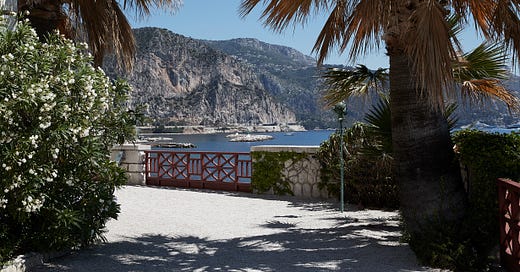



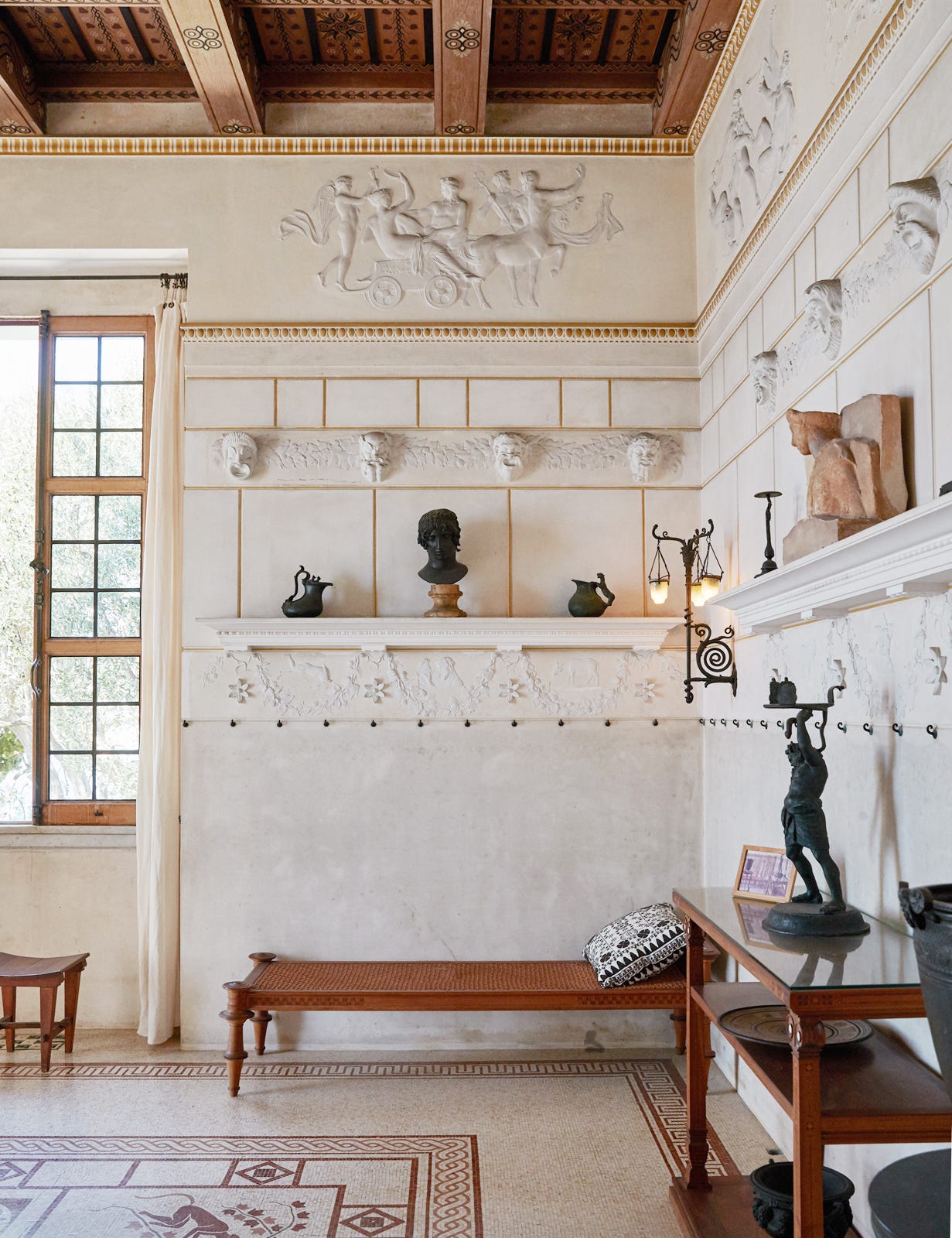
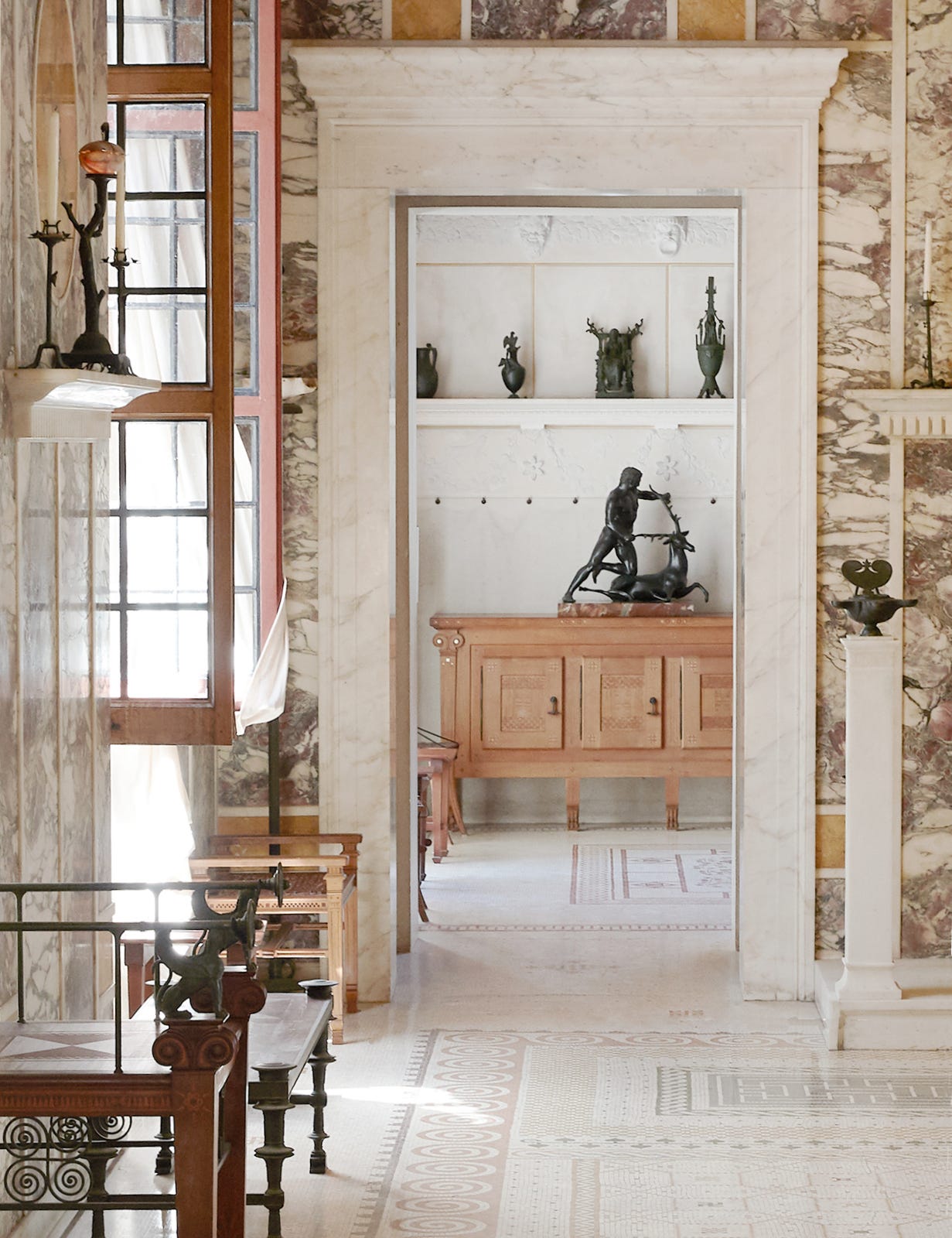
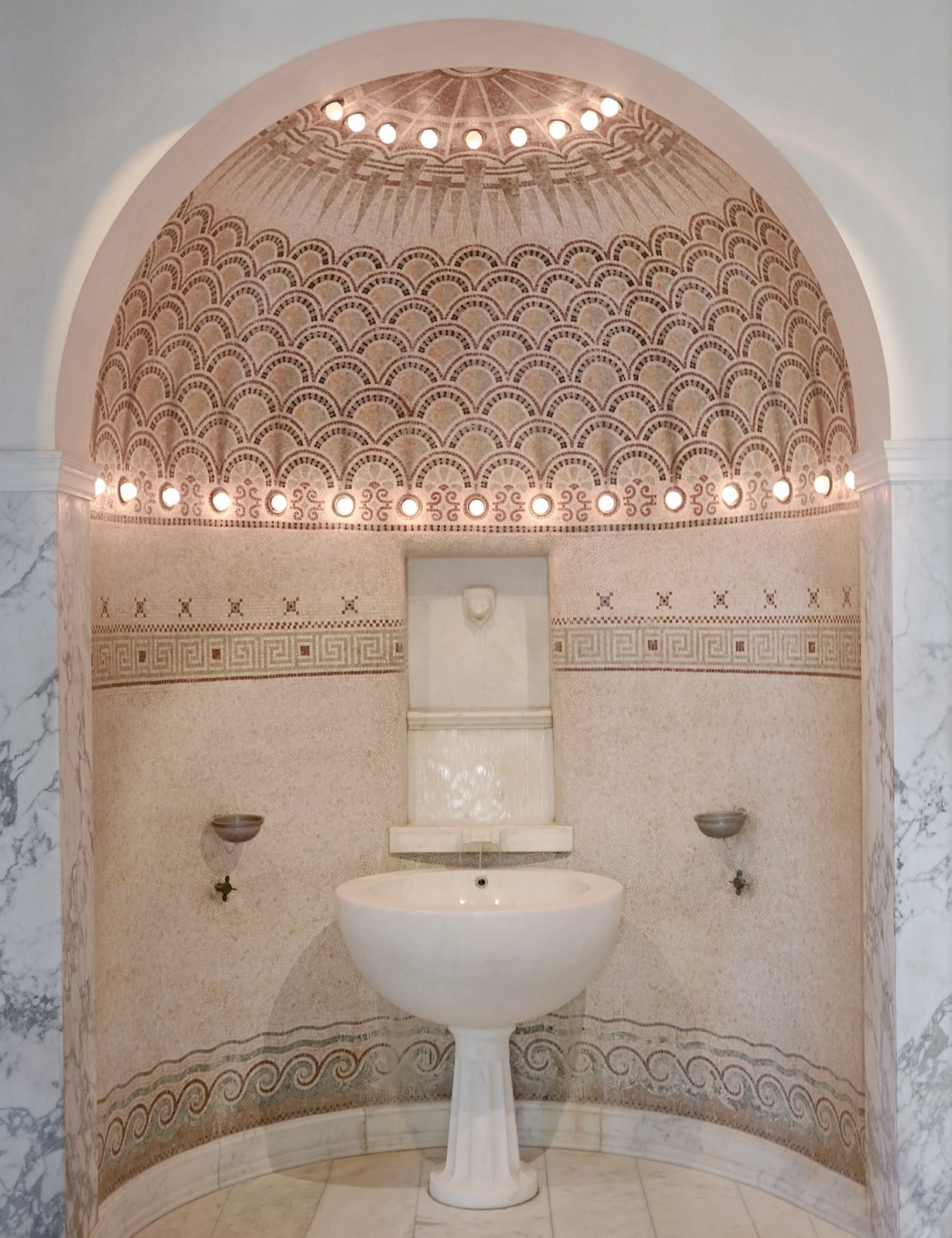
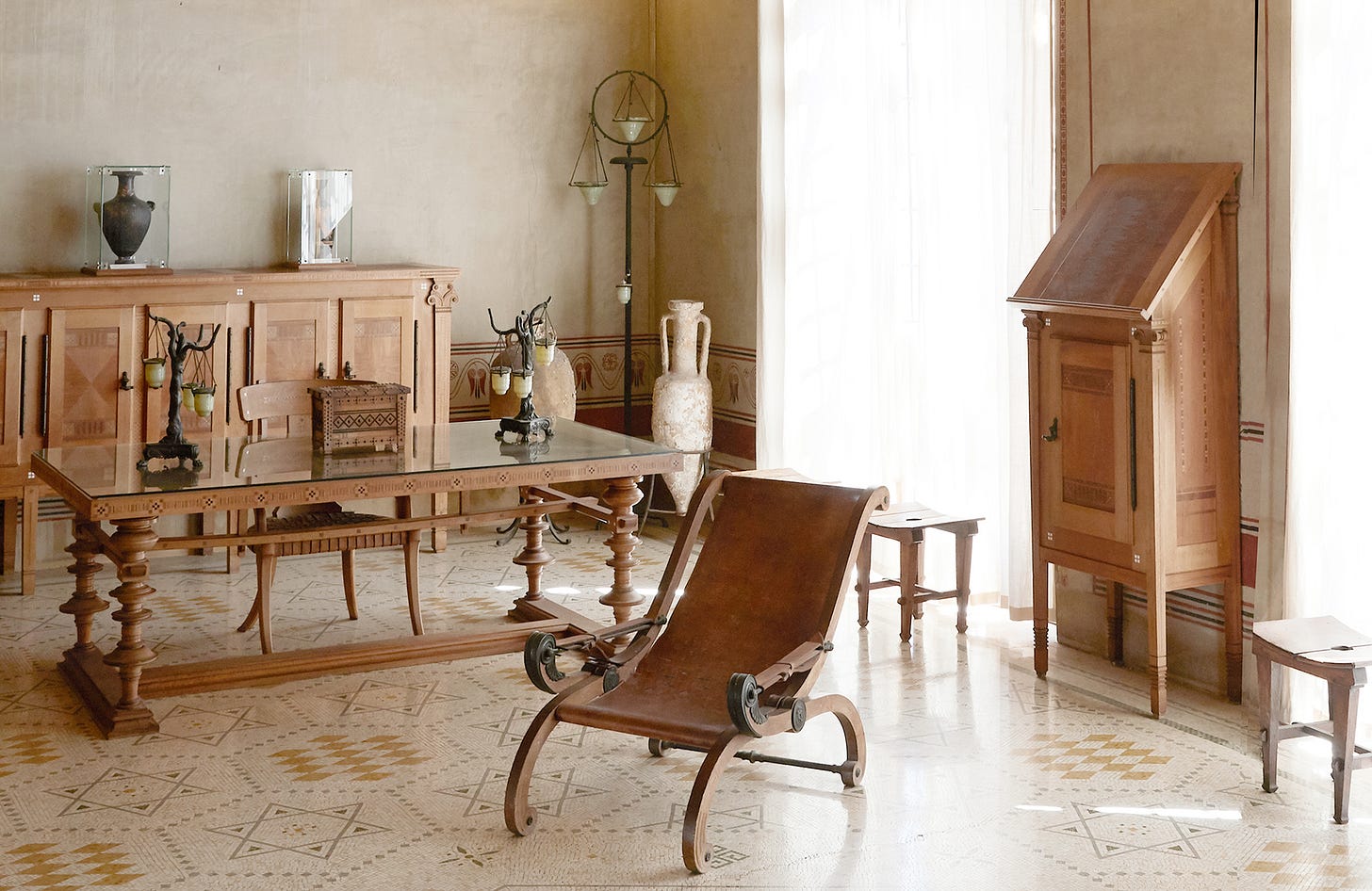
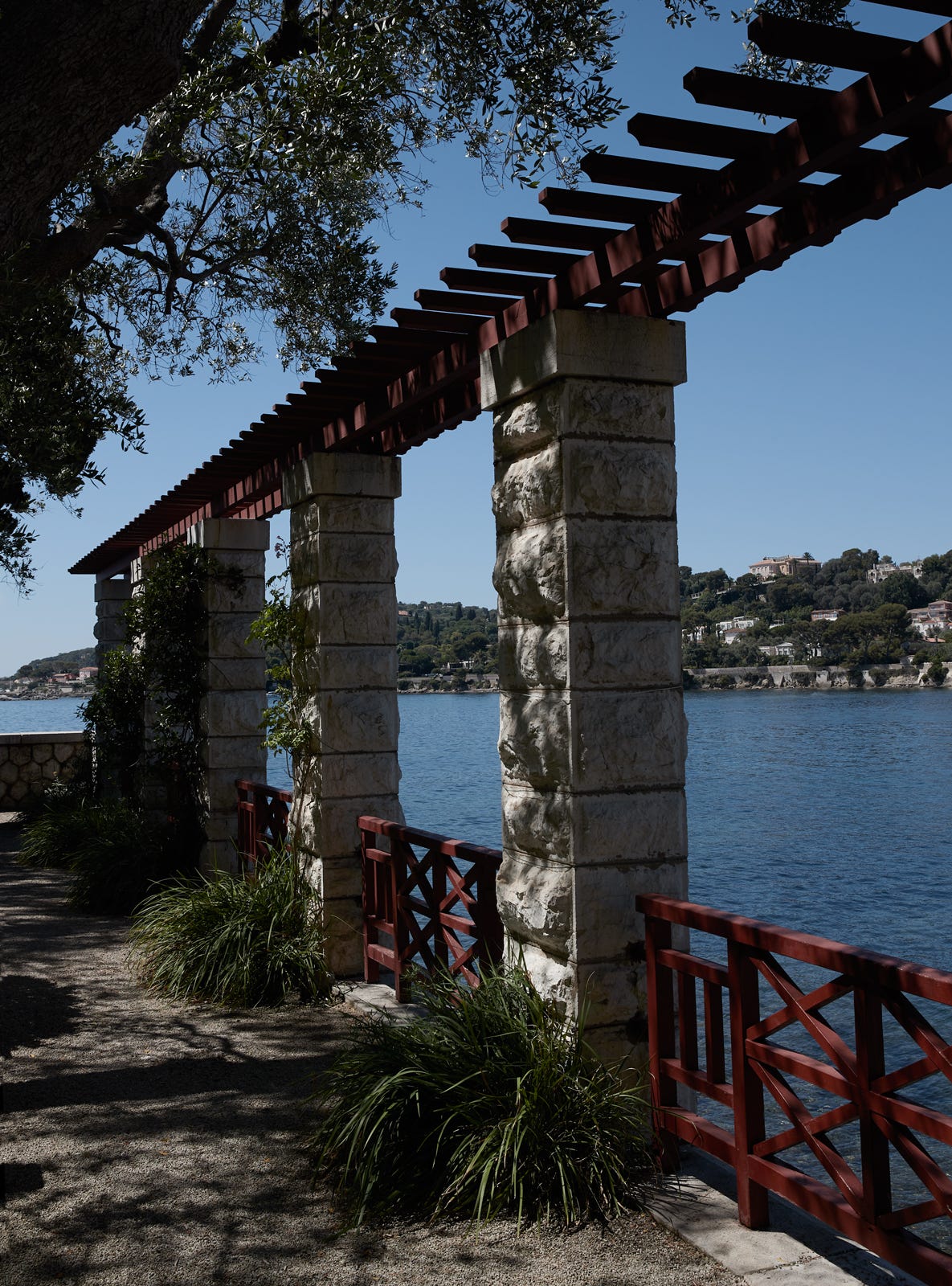
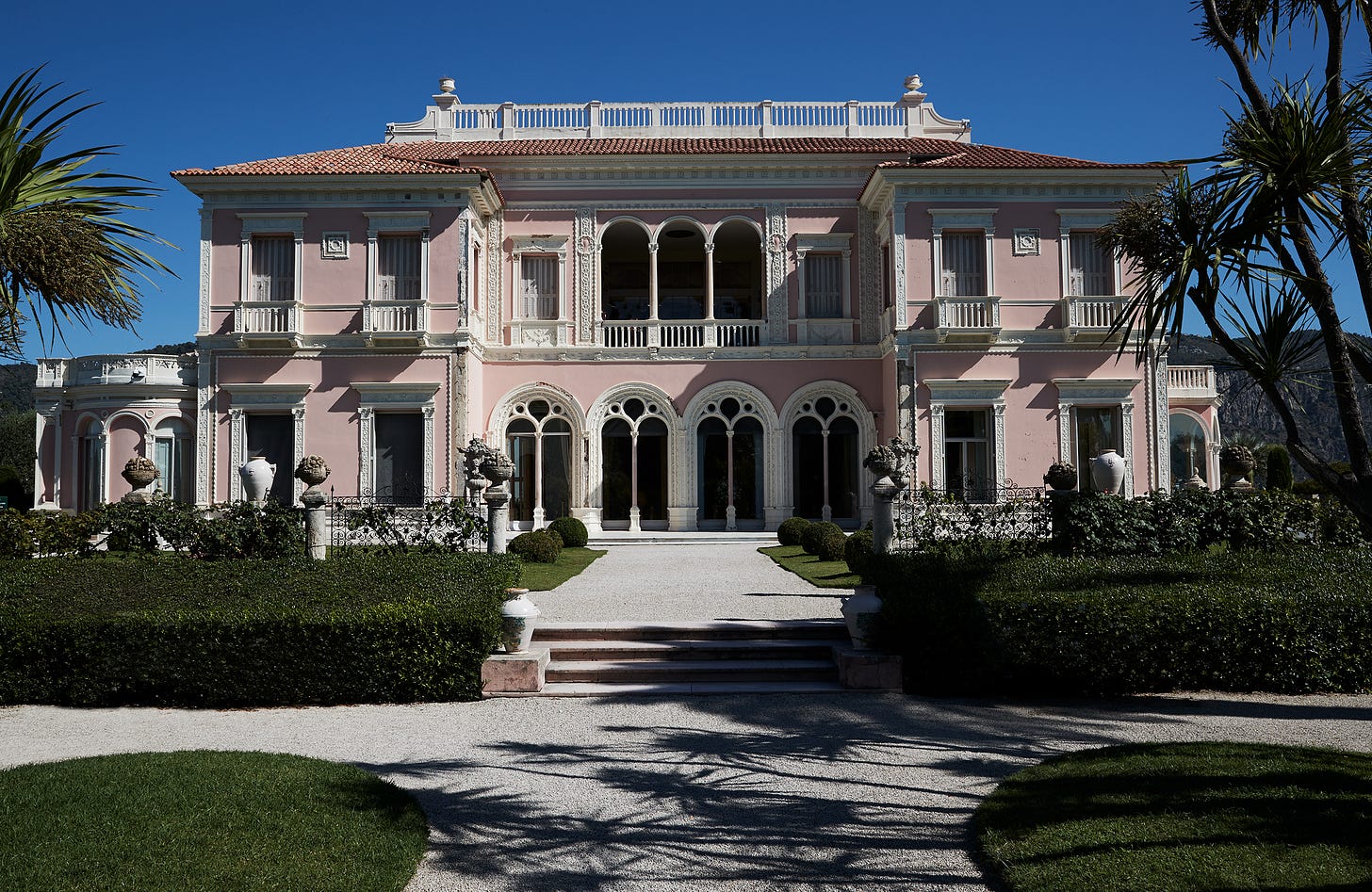
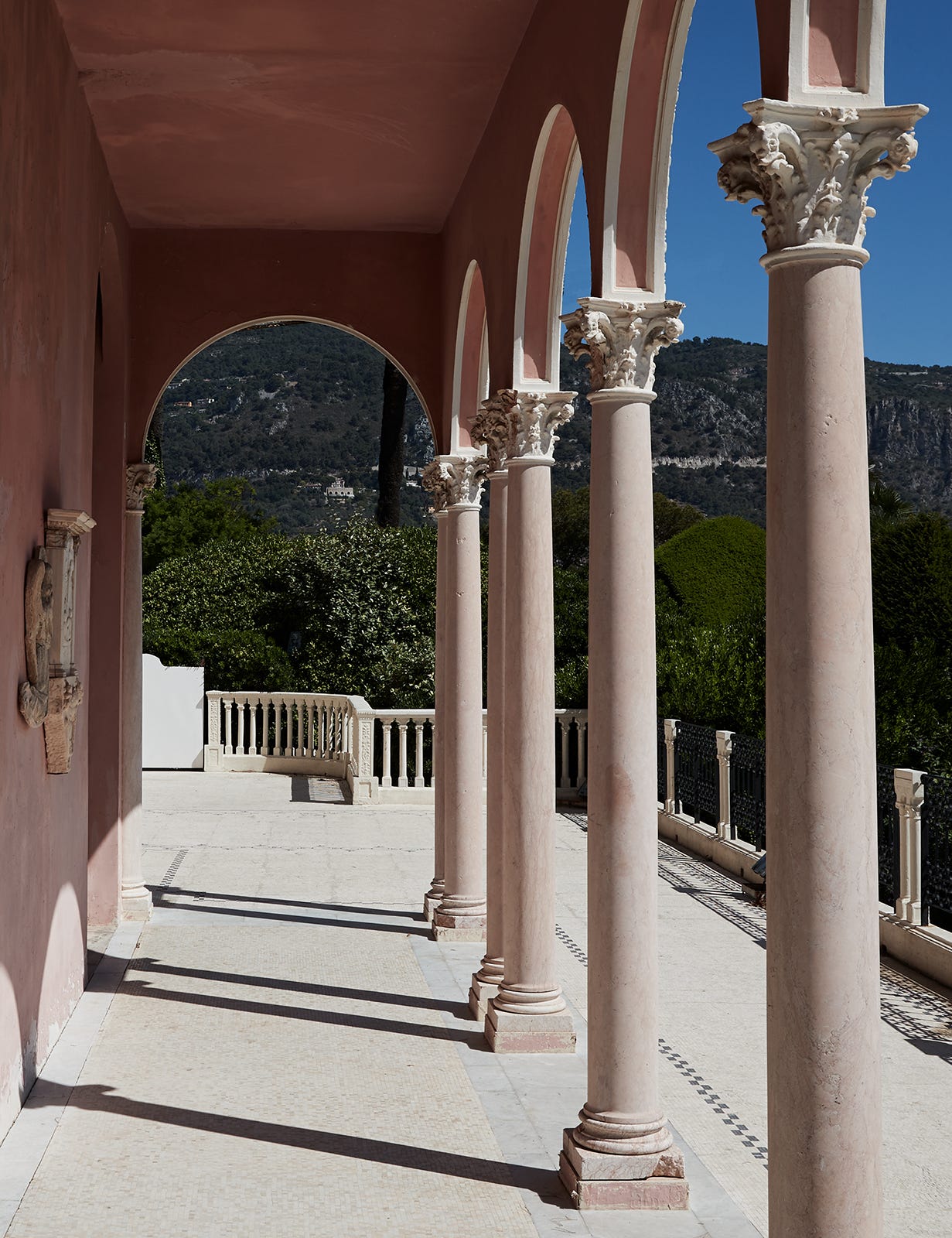

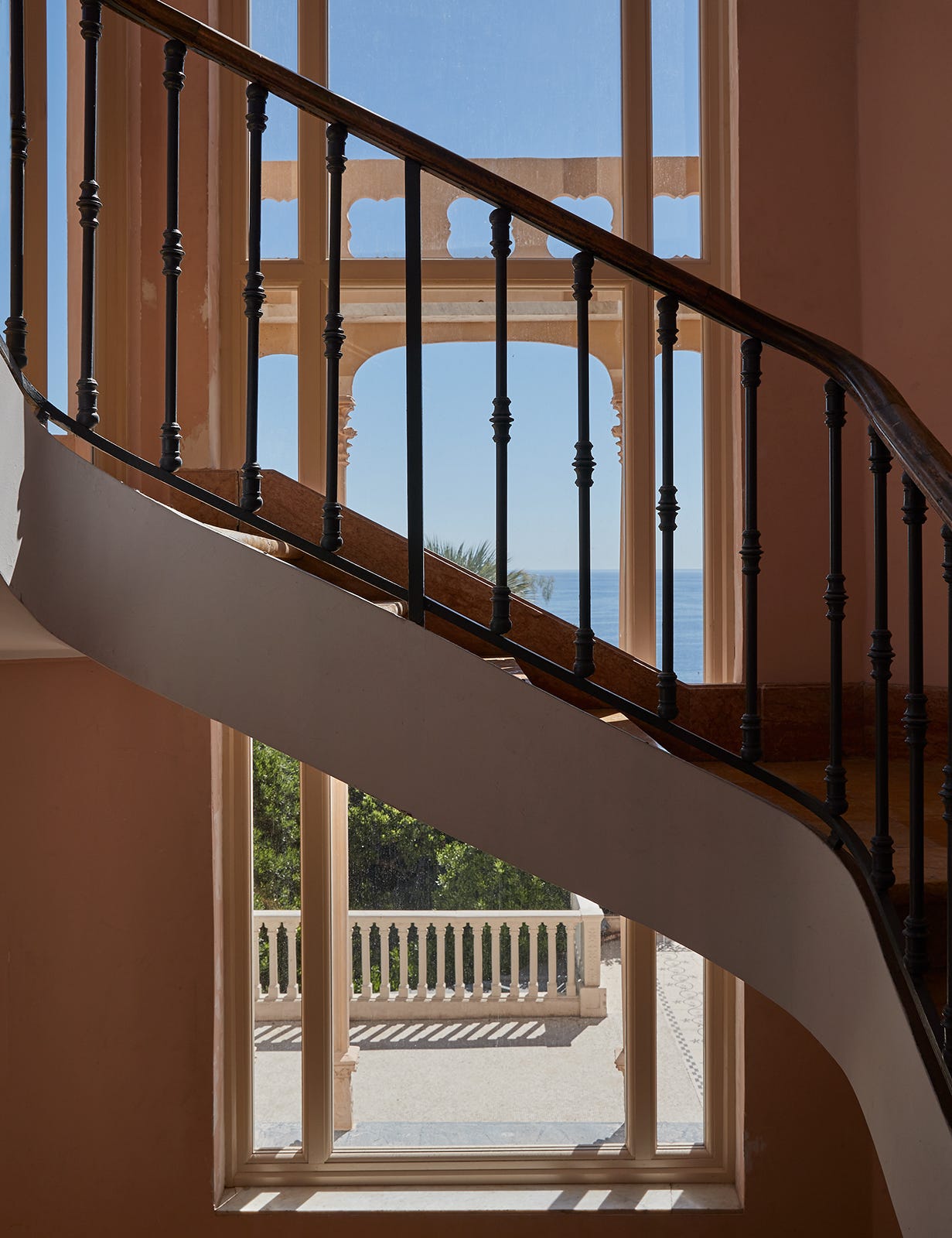
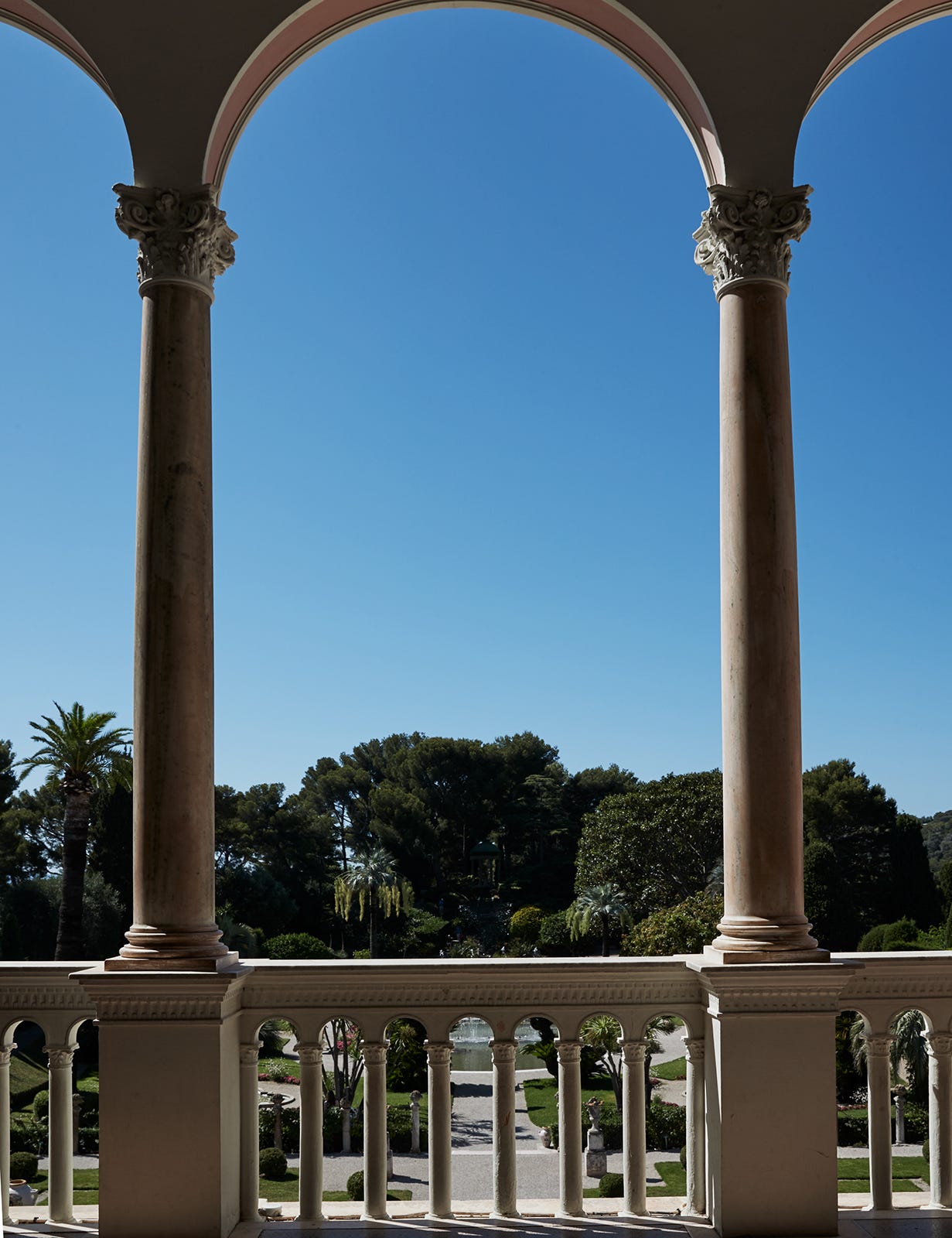
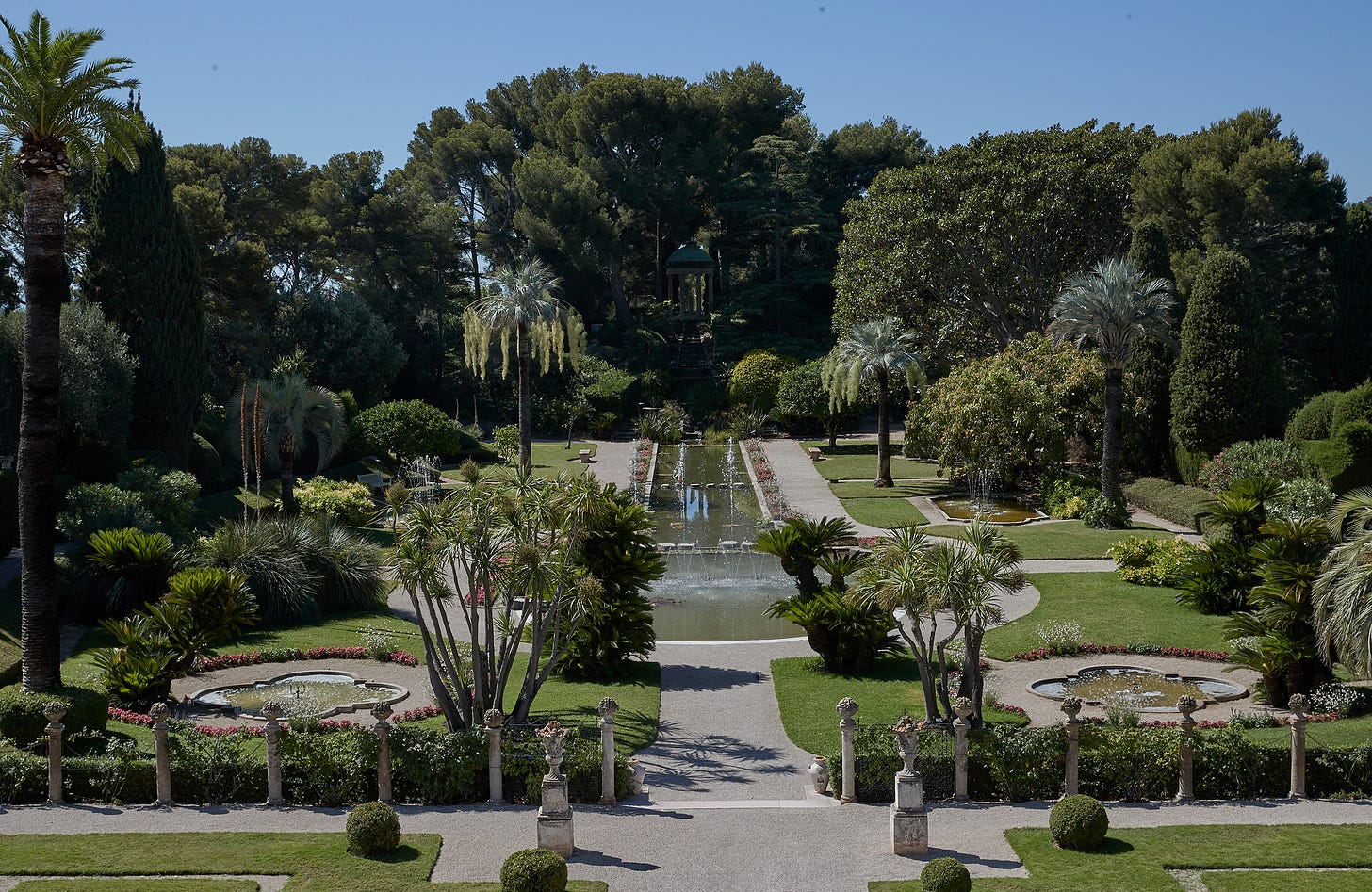
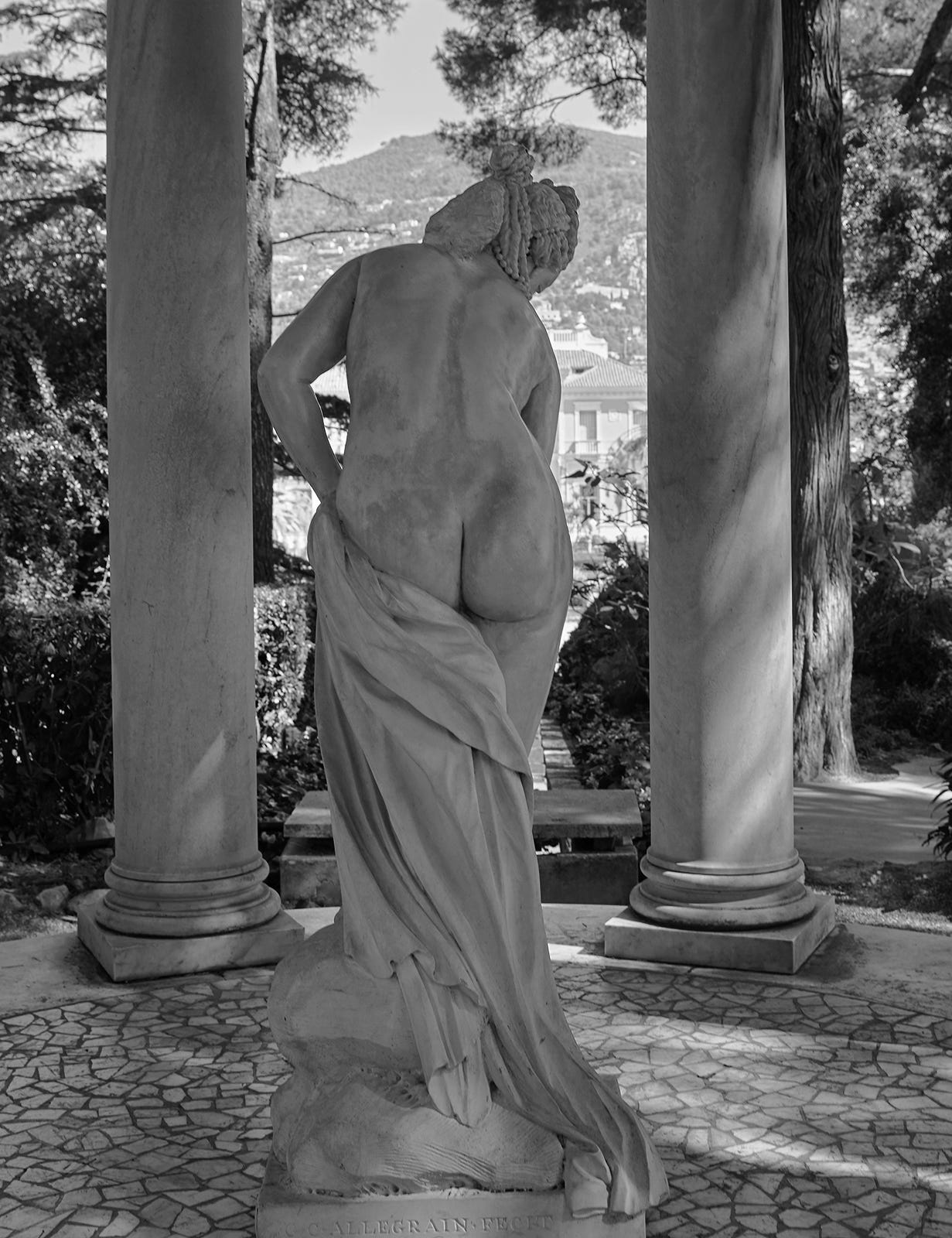
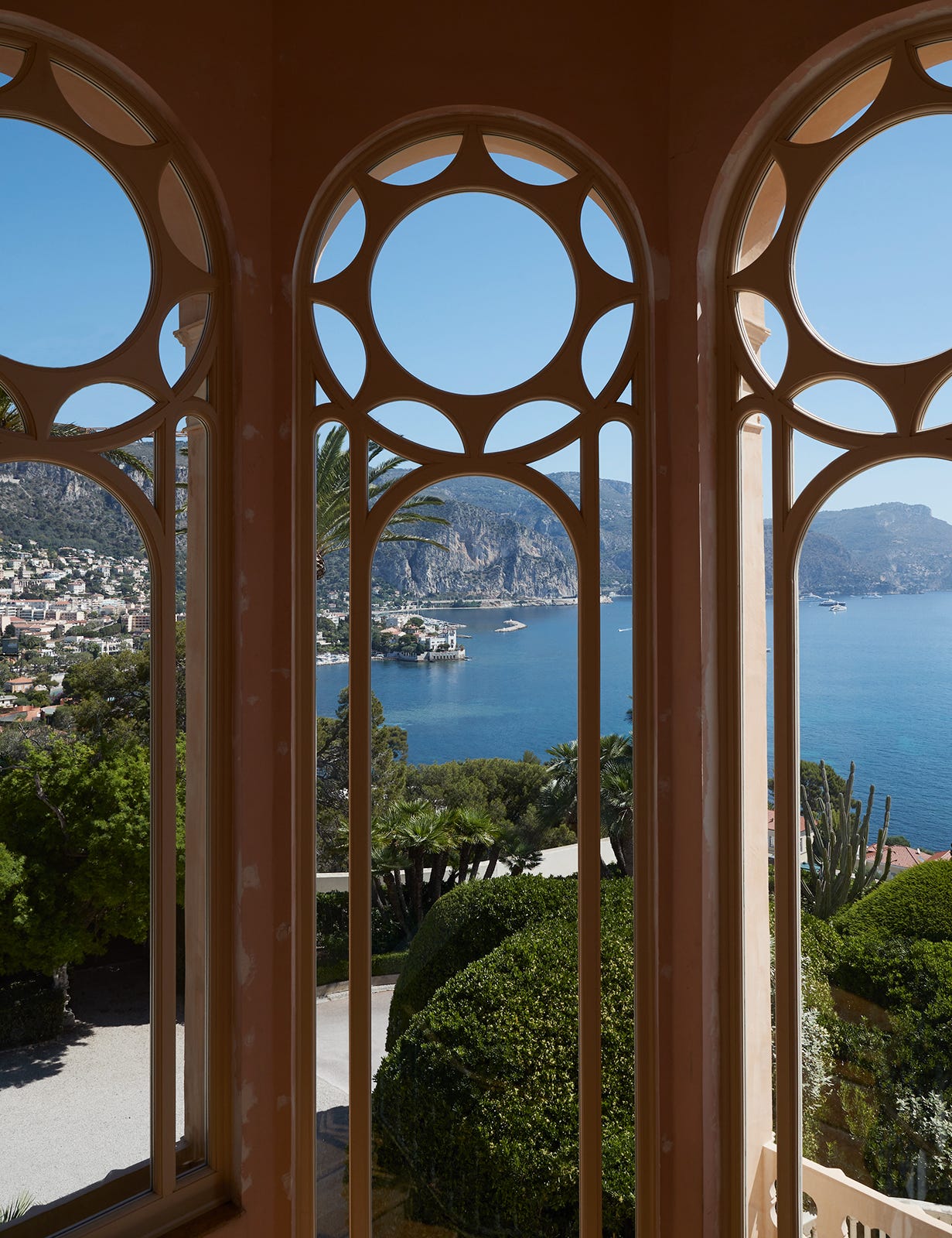
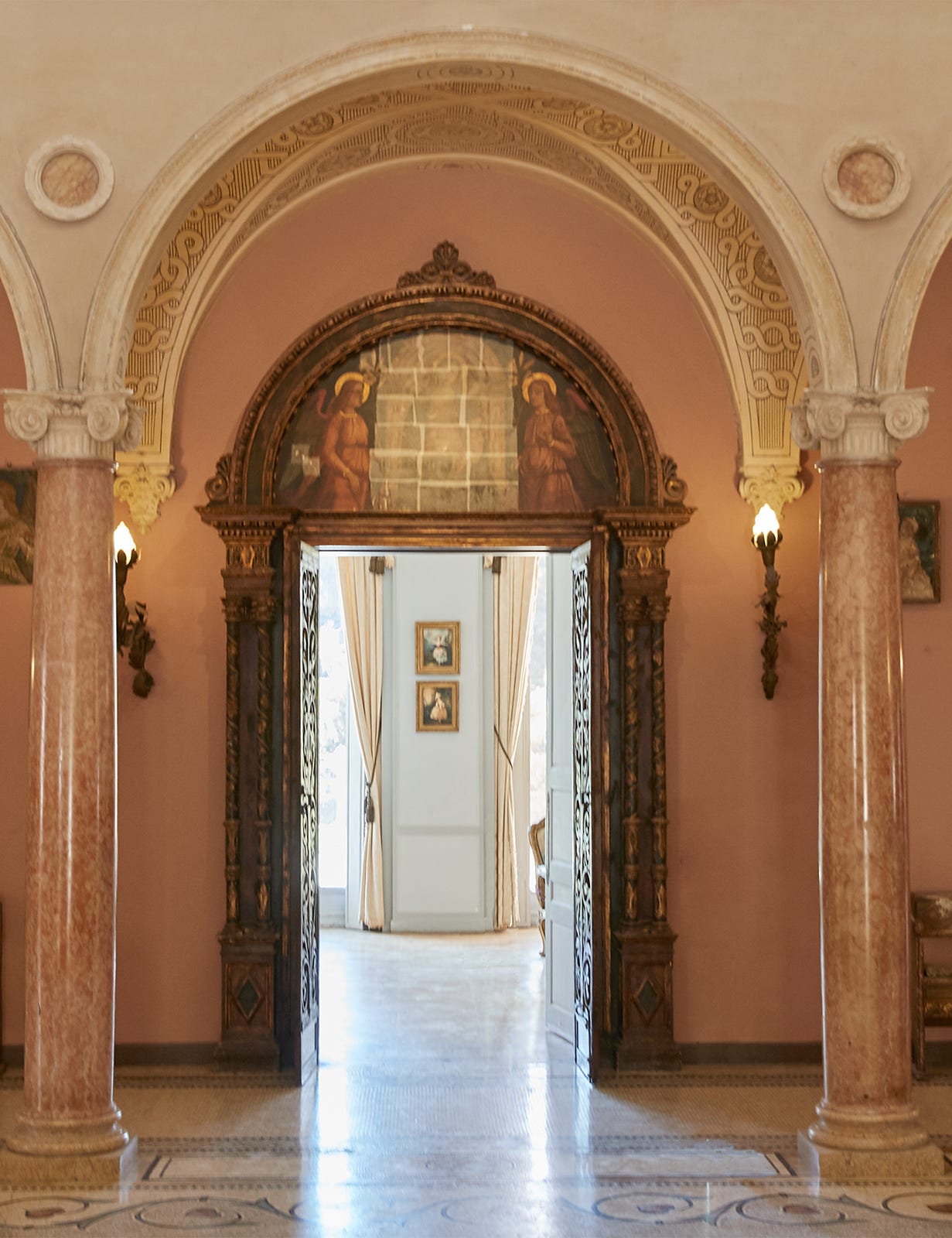
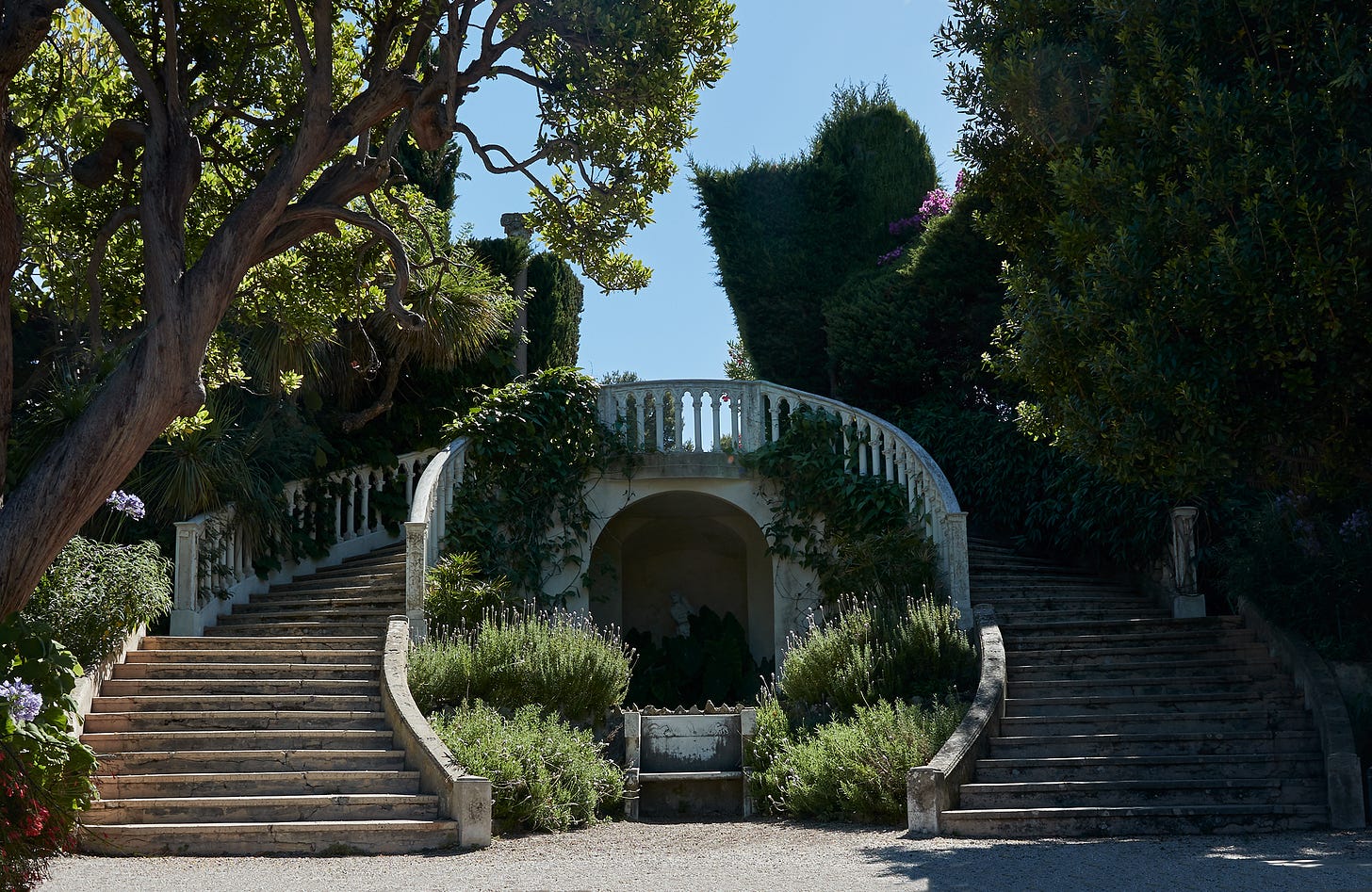
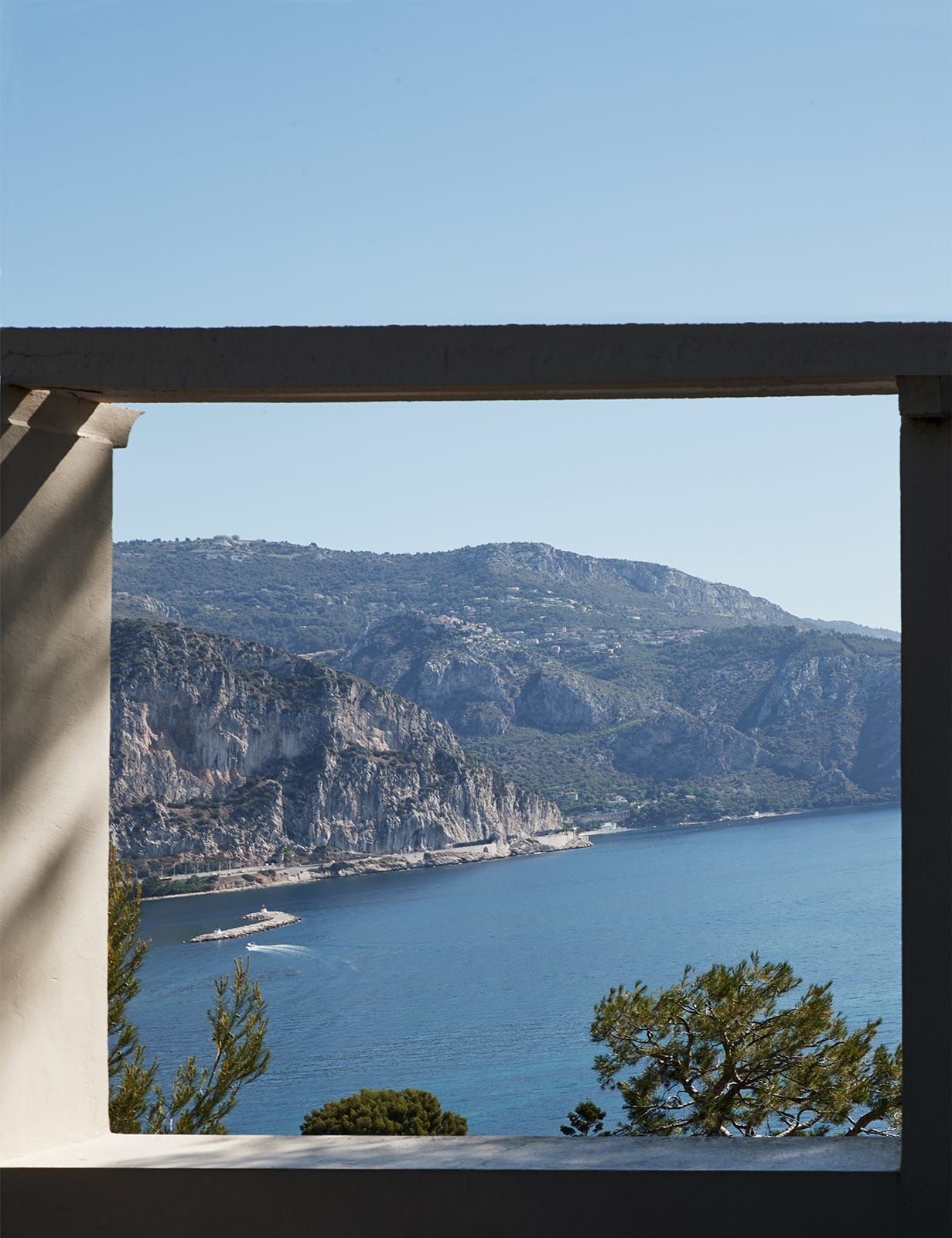

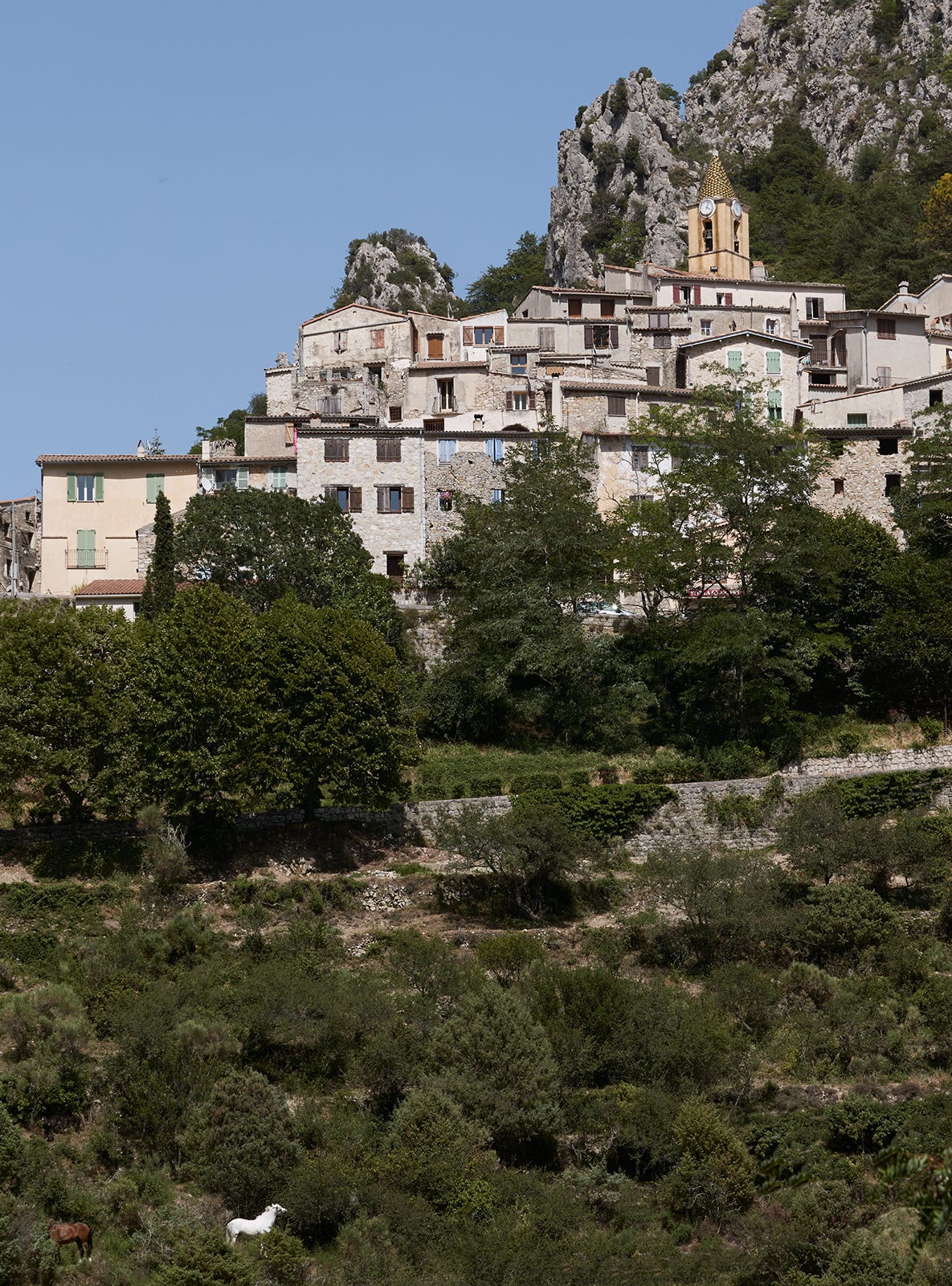
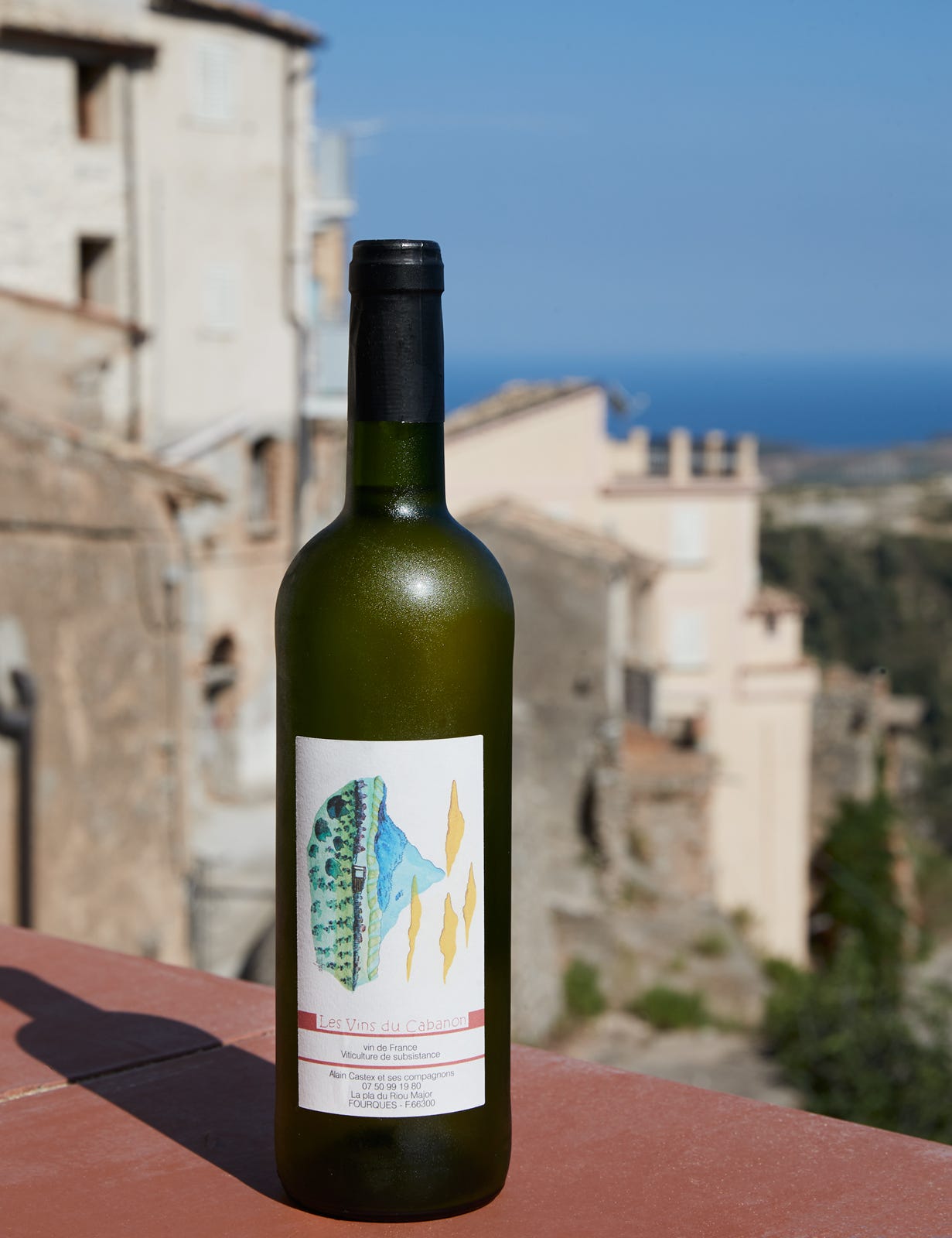
More stunning photos and a wonderful description of Côte d'Azur.
Cheers